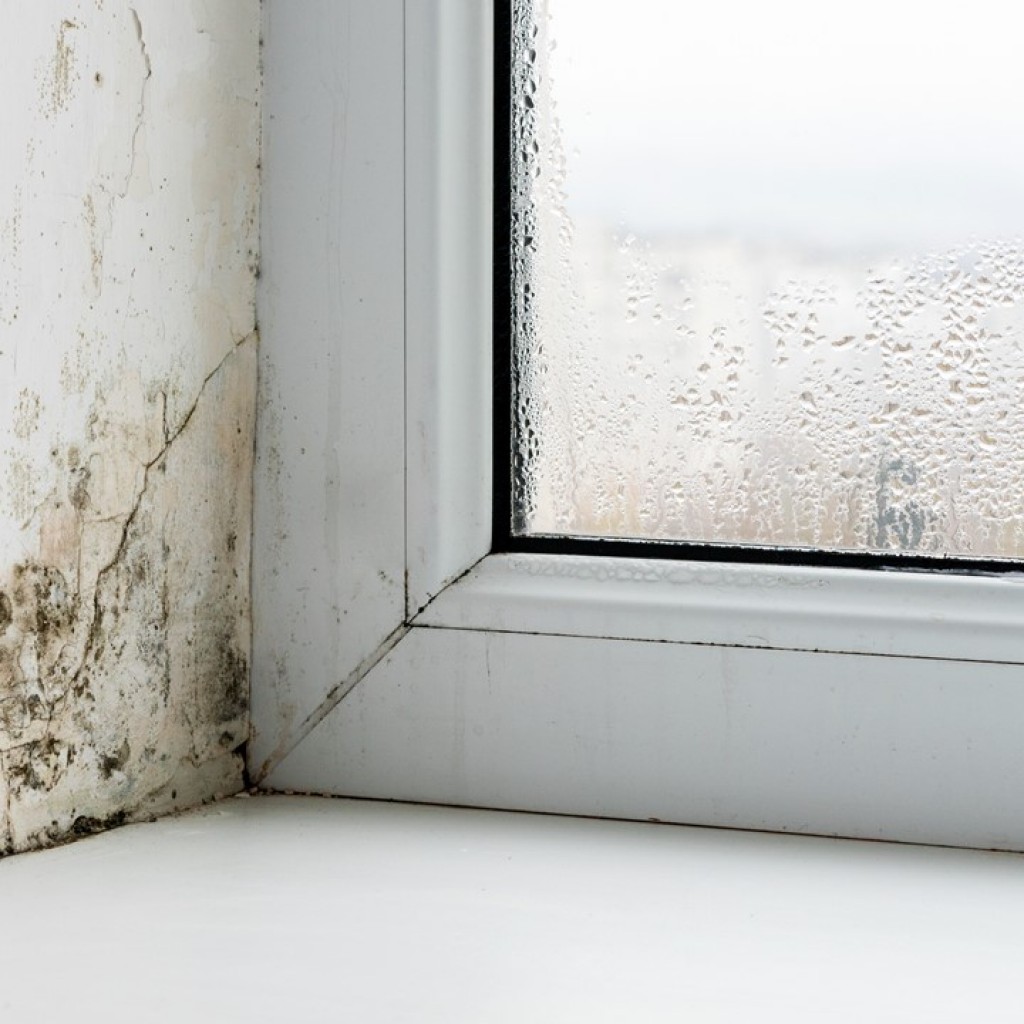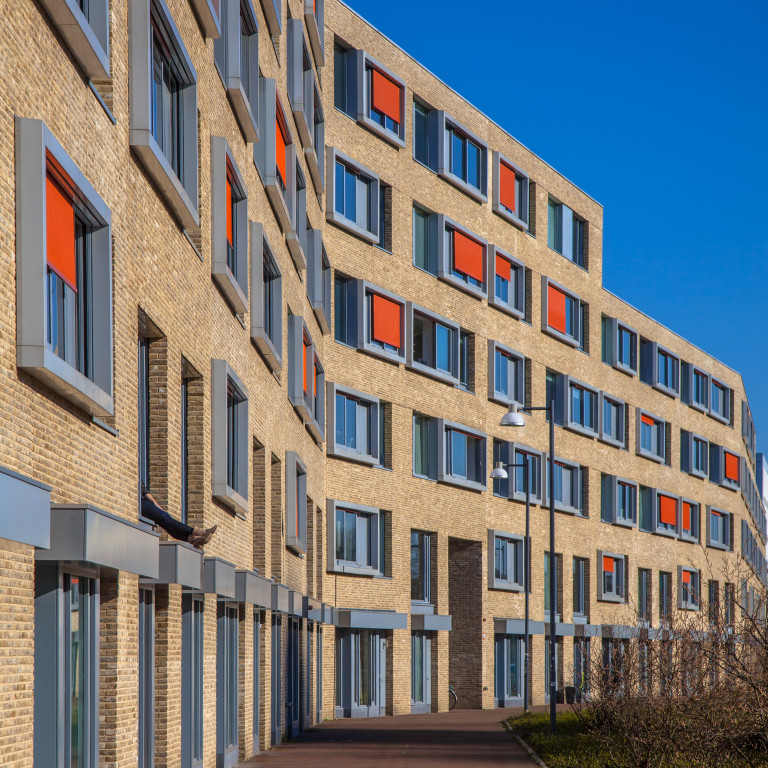Whilst there have been many amendments to the Social Housing Bill 2023, legislation of key interest is Awaabs Law.
What is Awaabs Law?
Following the death of Awaab Ishak, Awaabs Law has been put in place to prevent children in rental/social housing property dying from damp or mould exposure.
Awaab's death was caused by exposure to black mould in his home which had "inadequate ventilation" and was not equipped for normal day-to-day living activities which led to excess damp and condensation.
The amendments to Awaabs Law aim to strengthen the protection of children living in rental or social housing properties. The law now requires landlords to carry out regular inspections of their properties to ensure that they are free from damp and mould. In addition, landlords must provide adequate ventilation and heating systems to prevent the build-up of excess moisture in the air.
The amendments also require landlords to take immediate action if they become aware of any issues with damp or mould in their properties. This includes carrying out repairs and providing temporary accommodation for tenants if necessary. Landlords who fail to comply with the new regulations may face fines or even legal action.
The changes to Awaabs Law have been welcomed by housing campaigners who have long been calling for greater protection for tenants living in substandard accommodation. However, some landlords have expressed concerns about the cost of carrying out regular inspections and making necessary repairs.
Overall, the amendments to Awaabs Law represent an important step forward in ensuring that all children have access to safe and healthy living conditions. By holding landlords accountable for the condition of their properties, the law will help to prevent tragedies like the death of Awaab Ishak from happening in the future.
What does this mean for Social Housing landlords?
On 9 February 2023, the Government had tabled amendments to the Social Housing (Regulation) Bill to introduce 'Awaab's Law', which would require landlords to investigate and fix damp and mould in their properties within specified timeframes.
Awaab’s Law will require all landlords to investigate and fix reported hazards in their homes within a specified time frame or rehouse tenants where a home cannot be made safe.
The new rules will form part of the social housing tenancy agreement, so tenants can hold landlords to account through the courts if they fail to provide a decent home.
The government will launch a consultation later this year to set the timeframes within which landlords will have to act to investigate hazards and make repairs. This will help to make sure that the new requirements for landlords lead to the right outcomes for tenants.
Awaab’s Law will then be introduced via secondary legislation.
The Bill will also strengthen the Regulator of Social Housing, including new powers to issue unlimited fines to landlords that fail to meet standards in their homes and make emergency repairs where serious risks to tenants are found, with landlords footing the bill. The Regulator has now published their implantation plan for the new consumer regulation regime.
It also recently published initial findings on damp and, after collecting data from social landlords across England. This showed that between 1-2% of social homes (40,000 to 80,000) are estimated to have serious damp and mould problems, and a further 3-4% (120,000 to 160,000) to have notable damp and mould. The Regulator will be taking action against landlords that reported high numbers of damp and mould cases.
How does this law affect private landlords?
The current legislation does not extend to private landlords and there are concerns that children in those properties could suffer the same fate. Many campaigners have called for there to be new standards set to include private landlords however this has not yet been confirmed.
Find out more
To learn more about our services for registered providers, please contact us to speak to one of our experienced social housing solicitors.






